
|
|
|
| synonym |
|
| description |
This whitish species has a very distinctive color pattern compared to other members of this genus, with the head, pronotum, scutellum, and basal cells of the wings largely pale and contrasting with the rest of the dark brown wings. In males, the crown is short with a cadmium orange bar between each ocellus, extending obliquely towards the pronotum; in females, the crown is white, with the anterior margin with a narrow apically interrupted brown line and a transverse brown wavy line between the ocelli. The face is white, and in females can have one to three transverse brown lines; the eyes can be brown. The pronotum is either entirely white or with one to seven brownish spots; the scutellum is white or yellowish-white with two anterior lateral brown spots. The wings are opalescent-translucent with brown veins. The legs are white to yellowish-white with black spots at the base of each lateral setae and brown at the base of the first tarsal segment; the coxae are white to yellowish-white. The abdomen is largely whitish ventrally. Male subgenital plates are white while the female pregenital sternite is white with a brown posterior area; the sternite is quadrate with a slight medial notch on the posterior margin. Adult males are 4.7-5.9 mm long, females are 5.7-6.1 mm. (Barnett 1976)
Nymphs are almost entirely white.
For more images of this species, see: BG. |
| distribution |
Eastern and central United States, southeastern Canada (Barnett 1976) |
| abundance |
Recorded recently from a few counties in the Piedmont. |
| seasonal_occurrence | |
| habitat |
|
| plant associates |
Crataegus, Robinia, Amelanchier, Vitis, Cornus, osage orange, apple, dogwood, Ulmus americana, and Common hackberry (Celtis occidentalis) (Barnett, 1976) |
| behavior |
Can be attracted at night with a light. |
| comments |
This species is the sole representative of the subgenus Lonenus. |
status |
[Native:]
[Introduced:]
[Extirpated:] | | list_type |
[Official:]
[Provisional:] |
| adult_id | Unmistakable and widely known Identifiable from good quality photos of unworn specimens
Identifiable from photos showing undersides, or other specialized views [e.g., legs, face]
Identifiable only by close inspection of structural features or by DNA analysis NULL |
| nymph_id | Unmistakable and widely known Identifiable from good quality photos, especially where associated with known host plants
Identifiable from close inspection of specimens or by DNA analysis
Identifiable only through rearing to adulthood NULL |
| G_rank |
|
| S_rank |
|
| rank_comments |
|
| tribe |
Scaphoideini |
| subgenus |
Lonenus |
Species Photo Gallery for Scaphoideus intricatus No Common Name |
 | Photo by: Scott Bolick
Randolph Co.
Comment: | 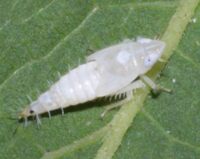 | Photo by: Scott Bolick
Randolph Co.
Comment: |
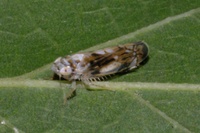 | Photo by: Scott Bolick
Randolph Co.
Comment: | 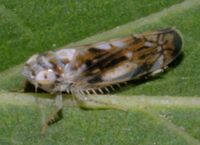 | Photo by: Scott Bolick
Randolph Co.
Comment: |
 | Photo by: Scott Bolick
Davie Co.
Comment: | 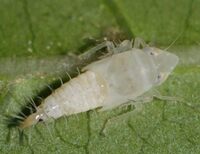 | Photo by: Scott Bolick
Davie Co.
Comment: |
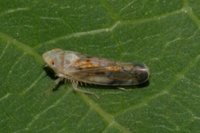 | Photo by: Scott Bolick
Forsyth Co.
Comment: | 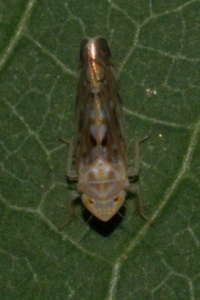 | Photo by: Scott Bolick
Forsyth Co.
Comment: |
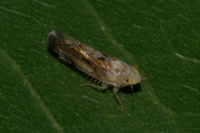 | Photo by: Scott Bolick
Forsyth Co.
Comment: | 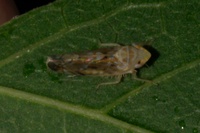 | Photo by: Scott Bolick
Forsyth Co.
Comment: |
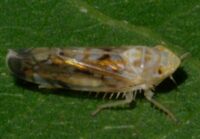 | Photo by: Scott Bolick
Forsyth Co.
Comment: | 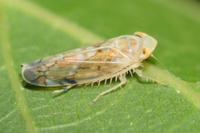 | Photo by: Scott Bolick
Forsyth Co.
Comment: |
 | Photo by: Scott Bolick
Forsyth Co.
Comment: |

 »
»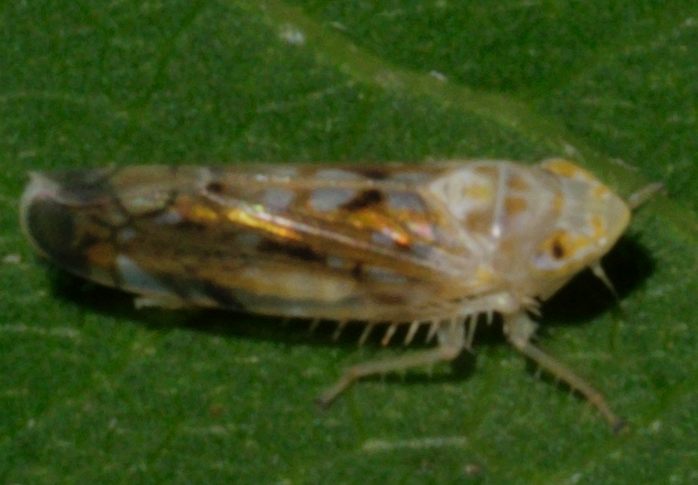
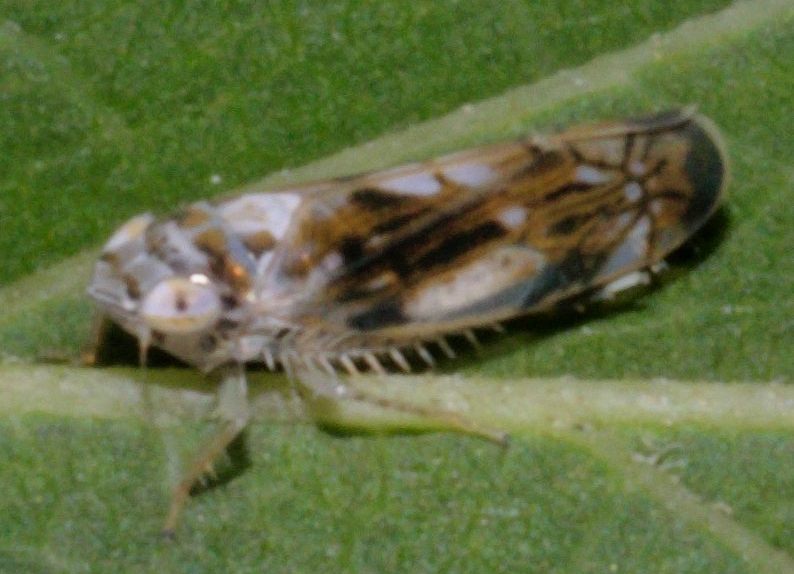


 »
»

